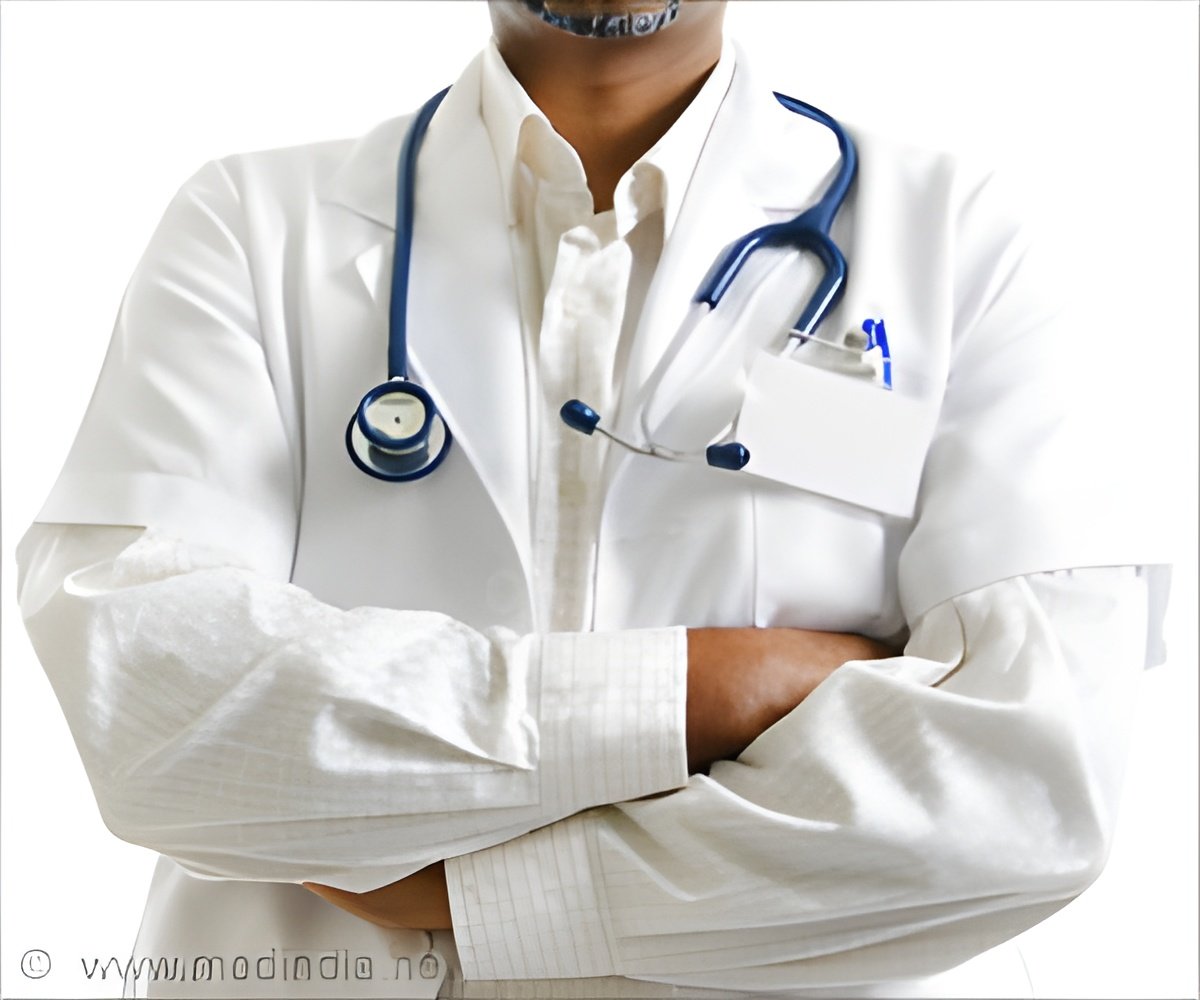Academic medical centers play a unique role. They provide specialized expertise across a range of clinical services.

‘Academic health centers need to address in order to provide the highest level of care to all patients, regardless of race, ethnicity, or health insurance coverage.’





The study analyzed official data on all adults discharged from hospitals in New York City (NYC) in 2009 and 2014, and in Boston in 2009. It found that in NYC in 2014, Blacks accounted for only 18 percent of AMC patients, but nearly one-third of patients in the city's other hospitals. (Findings were similar in 2009). Similarly, only 22 percent of New York City's AMC patients had Medicaid and only 1 percent were uninsured, versus corresponding figures of 42 percent and 4 percent at city's non-AMC hospitals. The study was carried out by researchers at City University of New York at Hunter College (CUNY), Boston Medical Center, and Harvard Medical School. Four of the authors are academic physicians who have cared for patients at multiple hospitals included in the study.
Other study findings include the following:
Even after controlling for their lower-quality insurance, Black New Yorkers were still only half as likely as whites to get their care in AMCs. The Index of Dissimilarity (a measure of system-wide segregation) for Black patients was 0.52 for NYC hospitals, indicating moderately high segregation. That figure means that 52 percent of Black patients in NYC would have to switch to hospitals that now serve predominantly white patients to achieve the full integration of the system. In Boston's system, the Index of Dissimilarity figure was 0.33.
Compared to privately insured patients, Medicaid patients were three times less likely, and uninsured patients five times less likely, to be treated at New York City's major academic hospitals. While Medicaid and uninsured patients accounted for nearly half (46 percent) of all patients at non-AMC hospitals in NYC, they made up less than one-quarter of inpatients at NYC's AMCs overall, and less than 10 percent at one-third of the AMCs. Conversely, privately insured New Yorkers were more than twice as likely to get care at AMCs compared to other NYC hospitals. In Boston, Medicaid enrollees and uninsured patients were just as likely to be treated at an AMC as at a non-AMC hospital (14 percent and 1 percent for both).
Advertisement
They note that while good non-AMC hospitals can provide excellent care for many illnesses, the specialized care available at AMCs is especially important for patients with very complex and rare conditions.
Advertisement
All of the AMCs in Boston and NYC are nonprofit hospitals and enjoy tax exemptions worth tens of millions of dollars. In exchange, they are expected to provide community benefits, including caring for Medicaid and uninsured patients.
Roosa Tikkanen, lead author of the study who is currently a policy analyst at the University of Massachusetts Medical School, said: "All of New York's academic medical centers receive millions of dollars from the state's 'Indigent Care Pool,' but many of them provide little care to uninsured or Medicaid patients. Some of them are specialty hospitals that receive their patients mainly through referrals from private doctors, and these patients tend to be privately insured. This contributes to the low volume of Medicaid and uninsured patients at AMCs. However, even these specialty hospitals could do more to meet their community benefit expectation and earn their tax breaks, especially since they already have greater financial resources than the city's public hospitals do."
Study co-author Dr. David Himmelstein, an internist, distinguished professor at CUNY's Hunter College, and lecturer at Harvard Medical School who has practiced at public and AMC hospitals in New York and Boston, said: "Stark racial segregation persists to this day in New York's hospitals. Our most prestigious institutions find ways to avoid Black and poor patients. And they maintain separate and unequal clinic systems. Privately insured patients get business-class care; those with Medicaid are mostly treated by interns and residents in rundown facilities and face long waits for appointments; while the uninsured are usually turned away from the elite hospitals' clinics altogether."
Senior author Dr. Karen E. Lasser, an internist at Boston Medical Center and associate professor of medicine and public health at Boston University Schools of Medicine (BUSM) and Public Health (BUSPH), said, "This study highlights the issues that academic health centers need to address in order to provide the highest level of care to all patients, regardless of race, ethnicity, or health insurance coverage."
Source-Eurekalert








